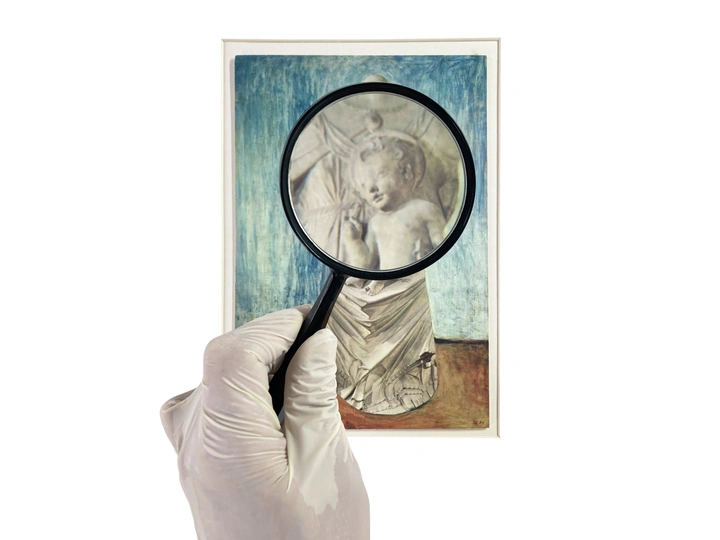Description by Design: Dictionary of Methods

Md-2 architects is founded in 2019 by Mahaut Dael (1992, BE) and Michał Długajczyk (1989, PL), following their graduation at the Rotterdam Academy of Architecture (RAvB, NL). Their master thesis was selected for the Archiprix NL and Archiprix International, and was exhibited at the IABR / Future Generations in 2022. The Rotterdam-based practice is active in the field of renovation in the Netherlands, Poland and Italy, operating within its international frame of references for the discovery of site specific character as a counterpose to obsolescence within the build environment, as well as aiming on augmenting its existing values, hence 'Description by Design'. The duo regularly teaches at the RAvB, introducing the master students to alternative architectural methods revealing the potential of existing contexts. Md-2 architects initiated and designed exhibitions, like the Dammer at Het Nieuwe Instituut (2021), or the Graduation Shows at KABK (2020-2021). The practice recently received the Talent Development Grant from the Stimuleringsfonds, allowing them to deepen their research and practice in the thematic of re-use of demolition materials, and in the development of alternative design methodologies inspired by Surrealism in order to unveil and enrich existing spaces.
Inspired by the Surrealist movement and its techniques creating new realities based on existing components, we are developing an alternative architectural design methodology, ‘Description by Design’: enriching, complementing and revealing the existing.
Active in the field of renovation, we see a significant contrast between highly protected heritage and undervalued material and immaterial components. Through the development of our methodology, we ask ourselves how can the built environment be recharged and its identity be reinforced, while gaining cohesion based on the manipulation and recycling of its underlaying matter.
Jiří Kolář, a renown Czech artist, visual poet and key figure of our research, published in 1991 the Slovnik Metod, a book presenting 110 collaging techniques, ingeniously manipulating found images, critically depicting the reality of his time.
In our laboratory in Rotterdam, we are currently exploring and applying Kolář's techniques on demolition materials, testing and observing ways of enriching and combining current techniques of material reuse, adding an immaterial layer of meaning to the manipulations and paying homage to the artist in many ways ahead of his time.
With this proposal we aim at establishing an innovative and inspiring architectural tool-kit, a dictionary of methods, and share our findings with the architecture audience through publication, talks and exhibitions.